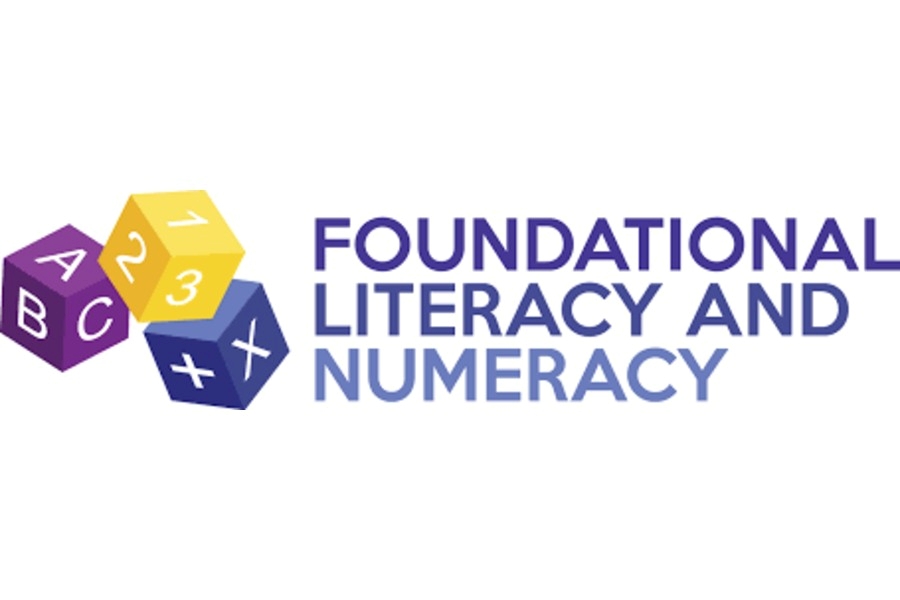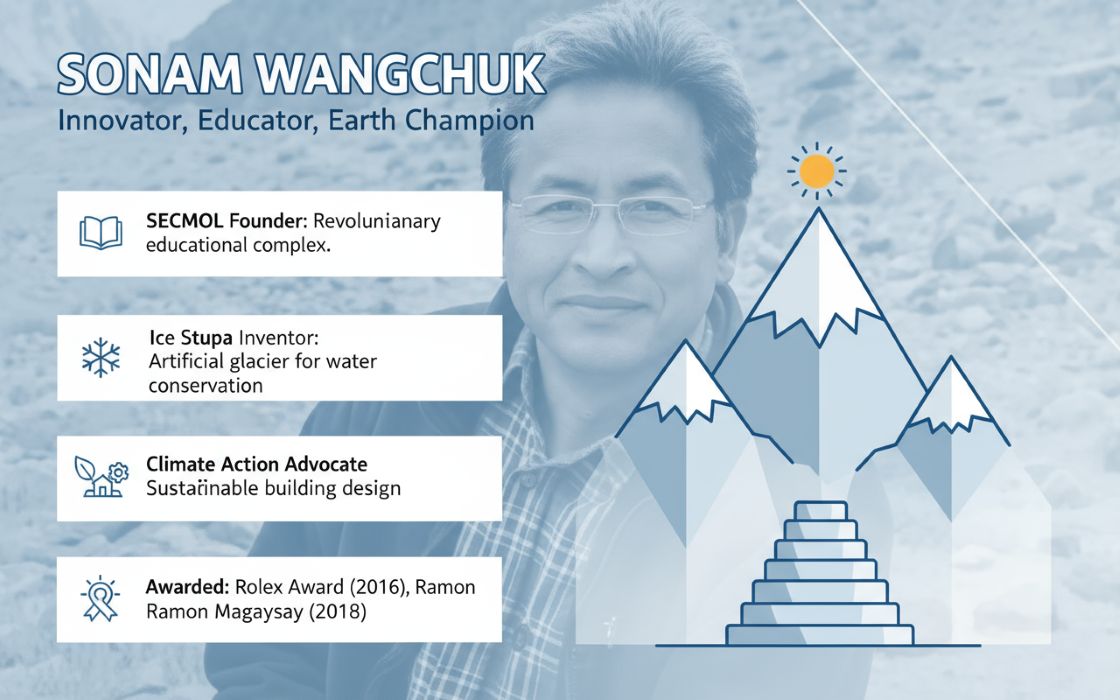Innovation and technology are key drivers of India's development, shaping its economic growth, social progress, and global competitiveness. In this context, vivo India launched the vivo Ignite: Technology and Innovation Initiative, a nationwide program aimed at fostering a culture of problem-solving and technological creativity among school students. Now in its third edition, the initiative has expanded its reach to over 9,000 schools across 660 districts, aligning with India’s ambitious push toward innovation-driven growth.
In collaboration with esteemed partners such as IIT Madras Pravartak Technologies Foundation, CIET-NCERT, and UN Global Compact Network India (UN GCNI), vivo Ignite provides a structured learning ecosystem where students in grades 8–12 can develop prototypes addressing pressing societal issues. The program follows a multi-stage selection process, culminating in industry mentorship and specialized training from IITM experts.
In this exclusive interview, Geetaj Channana, Head of Corporate Strategy at vivo India, discusses the inspiration behind vivo Ignite, its alignment with India's broader innovation ecosystem, and how the program has evolved over the years. He also highlights the role of partnerships in scaling its impact and the various mentorship opportunities provided to students. Mr. Balamurali Shankar, Spokesperson, Indian Institute of Technology Madras (IITM) Pravartak Technologies Foundation further delves into the details of offering technical mentorship, refining student innovations, and equipping young minds with industry-relevant skills. Together, they shed light on how vivo Ignite is nurturing India’s next generation of tech innovators and problem solvers.
Interview with Mr. Geetaj Channana, Head Corporate Strategy, vivo India
Q. What inspired vivo India to launch the vivo Ignite: T&I Initiative, and how does it align with your broader corporate strategy? Could you briefly take us through the core components of the program?
A. At vivo India, we believe in creating a world of joy through simplified technology and experienceswhile recognizingthe power of technology to drive transformative change for a better future.
India, with one of the world’s largest and youngest talent pools, has immense potential to lead the future with technology and innovation. With nearly 250 million children in the country1, the opportunity to nurture problem-solving and analytical skills from an early age is unparalleled. Currently, over a crore Indian students across approximately 10,000 schools are engaged in initiatives that foster innovation at the school level through Atal Tinkering Labs (ATL). We believe this presents a tremendous opportunity for programs like vivo Ignite to nurture young minds, provide mentorship for real-world problem-solving, and ultimately offer a meaningful platform to showcase their innovations.
Our initiative is also in alignment with the Government of India's recent Budget 2025 announcement, which pledges to establish 50,000 Atal Tinkering Labs across the country within this financial year.
The vivo Ignite: Technology and Innovation Initiative was born out of our CSR vision- to inspire joy among the communities at large and empower them to be able to contribute meaningfully towards the sustainable growth of the nation. Designed for students in grades 8–12 across India, the initiative challenges them to identify pressing societal issues and develop creative technology-driven solutions. In this year’s edition, students got an opportunity to submit individual or group entries- in the Prototype category under diverse themes, including Software-Tech Innovations, Agriculture & Climate Change, Community Development Innovations, all of which align with the Sustainable Development Goals (SDGs).
The program follows a multi-stage approach:
Stage One: Students submit an image along with a brief description of their unique idea, which must not have been previously recognized.
Stage Two: Judges meticulously evaluate entries and shortlist 200 ideas – 50 from each zone (North, South, East and West). These zonal winners participate in workshops and receive one-to-one mentoring. Shortlisted students then submit a video explaining their working model/prototype and provide details of the project in a Project Display Board format. The Top 10 ideas proceed to the next phase.
Stage Three: Participants of the Top 10 ideas receive further mentoring and industry specific workshop sessions from IITM Pravartak Technologies Foundation to refine their skills. They present their final prototypes at the Grand Finale.
With vivo Ignite, we are committed to building a strong ecosystem for young innovators in India, equipping them with the tools and mentorship to turn their ideas into impact.
Q. The program was launched with multiple partners including NCERT,IIT Madras Pravartak Technologies Foundation,and UN GCNI. Please shed some light on how each collaboration is helping in achieving the vision of this program.
A. To create a structured, high-impact learning experience for the young minds, we have partnered with our some of India’s most distinguished institutions like NCERT,IIT Madras Pravartak Technologies Foundation,and UN GCNI. These partnerships represent a confluence of expertise, creating a dynamic ecosystem to inspire innovation and drive meaningful change.
Each partner plays a vital role in shaping India’s youth mind for innovation and technology through vivo Ignite.
- CIET-NCERT is a key partner, enhancing the program’s accessibility and outreach, making sure students from all backgrounds have the opportunity to participate.
- IIT Madras Pravartak Technologies Foundation provides technical guidance &mentorship and evaluation by continuously guiding students refine, validate and scaletheir ideas into real-world solutions.
- UN Global Compact Network India (UN GCNI) plays a crucial role in strengthening the program’s framework, ensuring alignment with Sustainable Development Goals and enabling outreach across both rural and urban India.
Beyond mentorship and learning, our partners contribute their extensive academic, industry, and real-world experience as esteemed members of the grand finale jury. Their expertise ensures a rigorous evaluation process that recognizes the most promising ideas—not only for their innovation but also for their real-world applicability and potential impact.
By bringing together esteemed institutions, expert mentors, and young innovators, vivo Ignite works as catalyst to foster an innovation-driven mindset that extends beyond competition.
Q. vivo Ignite is in its third year now. Would you like to share highlights of the past two editions and how learnings from previous editions shaped this year’s expanded vision and approach?
A. Reflecting on vivo Ignite’s journey, it’s inspiring to see how a small spark in 2022 has grown into a nationwide program, empowering young minds to innovate for a better future. Each edition has built upon past learnings, expanding its reach and impact while strengthening the program’s core vision.
Key Highlights from Different Editions
- First edition: The inaugural edition reached 300 schools across 16 cities, with over 3,000 registrations and 1,100+ submissions. The top 25 finalists were recognized for their creativity, and the top 10 winners received INR 25 lakhs in scholarships, setting the foundation for a larger impact.
- Second edition: The program scaled significantly, expanding to 3,000+ schools across 1,400 cities. Participation surged, with over 19,000+ registrations and 4,200+ projects submitted. Winners received INR 21 lakhs in scholarships, while mentorship from CIET-NCERT andiHub-DivyaSampark, IIT Roorkee,guided finalists transform their ideas into real-world solutions.
- Third edition: This year, the program has reached even greater heights, expanding to 9,000+ schools across 660+ districts in India, covering over 85% of the total districts in the country. Participation has also surged, with over 37,000 registrations and 5,600+ innovative project ideas submitted. Participants will have the chance to win scholarships and rewards totaling up to INR 35 lakhs, enabling them to further their education and innovation journeys.
Building on past successes, the third edition adopts a more inclusive and impact-driven approach by:
Expanding Reach: Extending the program to underserved districts, ensuring that innovation reaches every corner of the country.
Diverse Themes: Addressing some of the most pressing challenges through three key themes:
- Software & Tech Innovations
- Agriculture & Climate Solutions
Community Development Projects: The overarching theme, "Tech for Good," aligns with the United Nations Sustainable Development Goals (UNSDGs), creating a direct connection between young innovators and global priorities
Enhanced Mentorship Opportunities: The Top 200 shortlisted ideas will gain exclusive access to mentorship sessions. Additionally, participants behind the Top 10 ideas qualifying for the Grand Finale will receive advanced industry mentoring and specialized workshop sessions led by IITM Pravartak Technologies Foundation – the Innovation Hub of IIT Madras to further refine their skills.
From a competition to a nationwide launchpad for innovation, vivo Ignite continues to evolve, and we’re excited to see the transformative impact this year will bring.
Q. How do you assess the impact of the program- both in terms of technological skills as well as overall mindset and personality shifts in students? Are there follow-up programs, mentorships, or incubators to help students turn their ideas into real-world solutions post-competition?
A. The vivo Ignite program acts as a catalyst that fosters critical thinking, problem-solving, and real-world application of scientific ideas, shaping students into future-ready innovators. Since its inception, vivo Ignite has encouraged young minds to leverage technology for meaningful societal impact, and the growing participation numbers reflect its success.
The program’s impact extends beyond the competition—students explore cutting-edge fields like GenAI, IoT, Robotics, and Sustainability, applying these concepts to solve real-world problems.
Past winners have developed impressive prototypes such as:
- Street Smart Project: A smart road safety system that leverages AI and IoT to detect hazards and optimize traffic management, enhancing pedestrian and driver safety.
- Multi-Functional Eco-Friendly Agro Machine: A cost-effective, solar-powered device designed to assist farmers in soil preparation, seeding, and irrigation, promoting sustainable agriculture.
To ensure these ideas continue to flourish, we facilitate mentorship sessions and one-on-one sessionsare provided. As mentioned above the top 200 shortlisted ideas in this year’s edition will have opportunity to receive advanced advanced industry mentoring and specialized workshop sessions focused on emerging technologies. Additionally, partnerships with IIT MadrasPravartak Technologies Foundation, CIET-NCERT, and UN GCNI provide a strong support system to refine and scale innovations.
Q. Do you have plans to scale vivo Ignite beyond urban centers to reach students in rural and underprivileged communities? Are there any special efforts to promote inclusivity, such as ensuring participation from girls or students from marginalized backgrounds?
A. We are committed to providing equal opportunities for students across India, regardless of their location or background. This year, we have taken deliberate steps to extend our reach beyond urban centers, focusing on rural and underserved and backward districts, where access to innovation platforms has traditionally been limited. We have garnered registrations from aspirational districts defined by NITI Aayog, with 80 out of the 112 listed districts participating. This highlights the initiative’s deep reach and impact in empowering young innovators and providing them with opportunities across India.Our outreach efforts aim to bridge this gap by ensuring that students from these regions receive the mentorship, resources, and exposure necessary to develop ground-breaking solutions.
At vivo, we actively work to encourage inclusivity. We have another program ‘Women in STEM’ under vivo Ignite. In collaboration with the Shooting Stars Foundation, the Women in STEM initiative is dedicated to fostering gender inclusivity in STEM fields, contributing to India’s growth. The program provides merit-based scholarships of up to INR 60,000 to girls pursuing education at prestigious engineering and medical colleges. Additionally, it offers mentorship and customized learning sessions to empower women in seamlessly transitioning into the corporate world.
Through vivo Ignite, we remain dedicated to nurturing talent, driving innovation, and shaping a more inclusive future in technology.
Q. Based on your experience of this program, are there any policy level suggestions that would you like to share for integrating innovation-driven learning into mainstream education?
A. The 2025 Union Budget reinforces the integration of innovation-driven learning into mainstream education through key initiatives. The ₹500 crore allocation for a Centre of Excellence in AI for Education is a crucial step in leveraging AI-driven learning tools to enhance education. Additionally, the expansion of IIT infrastructure, enabling education for an additional 6,500 students, and the plan to establish 50,000 Atal Tinkering Labs in government schools will further embed innovation at an early stage.
The government's focus on broadband connectivity under BharatNet will ensure digital access in rural schools, helping bridge the educational divide. Additionally, initiatives like the Bharatiya Bhasha Pustak Scheme will enhance digital learning resources in regional languages, making education more inclusive.
At vivo, we welcome these policy measures as they are pivotal in fostering a technology-first education system. A sustained policy push on AI, digital infrastructure, and experiential learning will accelerate innovation-led education. Strengthening industry-academia collaboration, expanding access to cutting-edge technologies, and ensuring equitable digital access will be essential in shaping a future-ready workforce.
(Reference: Budget Speech 2025)
Q. Can you share any notable student innovations from last year’s program that highlight the success and potential of such initiatives?
A. Last year’s vivo Ignite showcased groundbreaking student innovations, reflecting the program’s impact in fostering creativity and problem-solving. Some standout projects include:
- Smart Street– Where Innovation Meets Sustainability – Developed by Vedanshi Mehta, Arushi Ganguly, and Aarav Mohanraj, this project aims at revolutionizing urban streets into sustainable, eco-friendly, and safe spaces. It integrates piezoelectric tiles to convert mechanical energy into electricity for streetlights. Additionally, it captures and recycles CO₂, enhancing urban sustainability.
- Multi-Functional Eco-Friendly Agro Machine – Designed by Shubhashree Sahu, this solar-powered agricultural machine automates tasks like threshing, grain separation, and straw cutting, making it affordable, portable and eco-friendly solution. It aims to improve productivity for rural farmers while promoting sustainability.
- Automatic Machine for Ready-to-Grow Oyster Mushroom Bags – Created by Shreyansh Nayak, this automated system streamlines the process of cutting, cleaning, and inoculating paddy straw for mushroom cultivation, increasing efficiency and supporting rural agri-businesses.
These innovations highlight the transformative potential of young minds when given the right platform, mentorship, and resources.
Inputs from Mr. Balamurali Shankar, Spokesperson, Indian Institute of Technology Madras (IITM) Pravartak Technologies Foundation
Q. What role does IITM Pravartak Technologies Foundation play in shaping the curriculum and mentorship for vivo Ignite participants?
A. IITM Pravartak catalyzes innovationby working with students across India. Pravartak helps students to convert their ideas to Minimum Viable Product (MVP)/Prototype through mentoringas well as providing access to various technologies.In the context of this program, IITM Pravartak will mentor the students and help to fine tune their ideas, align them with the startup ecosystem of IIT Madras and IITM Pravartak so that they get a practical exposure of converting an idea to a prototype/MVP to a product.
Q. IITM Pravartakis one of the best technology innovation hubs in India. What inspired you to partner with vivo India to create a program for school students? In what ways do you foresee this program helping students in the long term?
A. IITM Pravartak and vivo are aligned in identifying young talent and mentoring them to be innovators. Both organizations work towards grooming the next generation of tech leaders. Both organizations provide opportunities for young minds to dream, create, and implement solutions to real-world problems. Hence, it’s a natural alignment in terms of goals and objectives.
Q. How do you ensure that students participating in vivo Ignite receive hands-on exposure to cutting-edge technologies, despite varying access to resources across different schools?
A. Shortlisted students will be mentored by IITM Pravartak’sempaneled industry experts as well academic experts from leading institutes such as IITM. In addition to this, shortlisted students will be provided access to the startup ecosystems of IITM and IITM Pravartak.
Q. From an academic perspective, how can collaborations between corporates, educational institutions, and policymakers create a more innovation-driven ecosystem in India?
A. IITM Pravartak works with academia to develop technologies, convert foundational research to products suitable for Industry. We promote industry-relevant research by collaborating with corporates. Such collaboration is key to set up an innovation driven ecosystem. We work with corporates to provide internships and mentorship opportunities, exposing them to real-world challenges and industry practices. Pravartak works on joint R&D initiatives with industriesin deep tech areas. Industry can work with academia on curriculum development that helps to bridge the gap between Industry and academia.
Q. As India increasingly focuses on STEM education, what future trends do you foresee in technology-driven learning for school students?
A. Technologies like Generative AI can help generate contents and personalize curriculum.
Mobile devices and tabs enable students to access education anywhere.
Gamification helps to remember concepts also helps for students with special needs to learn in a way they can.
AR and VR will play a key role in immersive learning in courses such as space technologies.
Last but not the least, programs like Malaviya mission in India, helps teachers to keep updated with the latest technologies and trends through Teacher/Faculty development program.

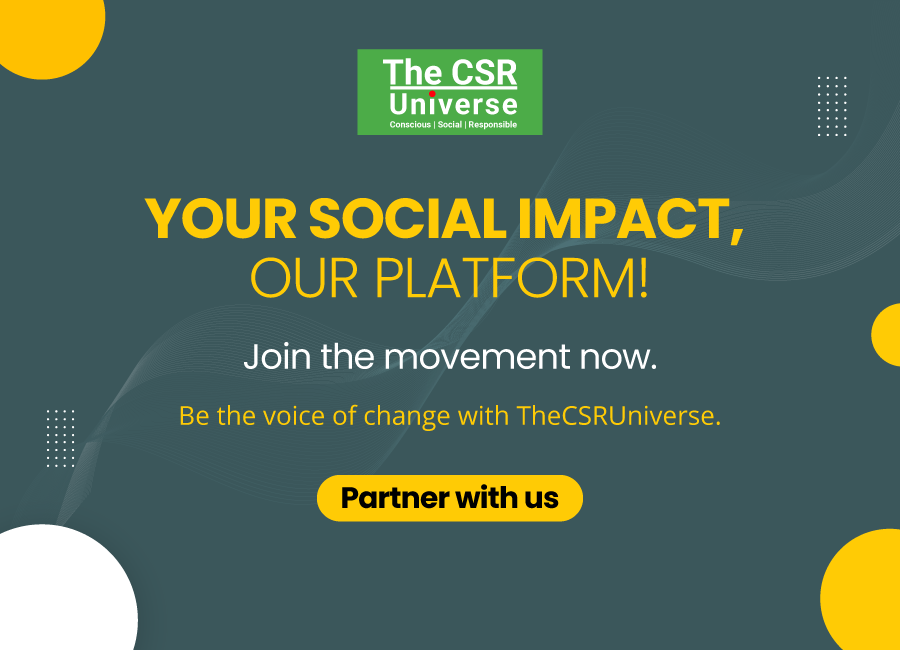



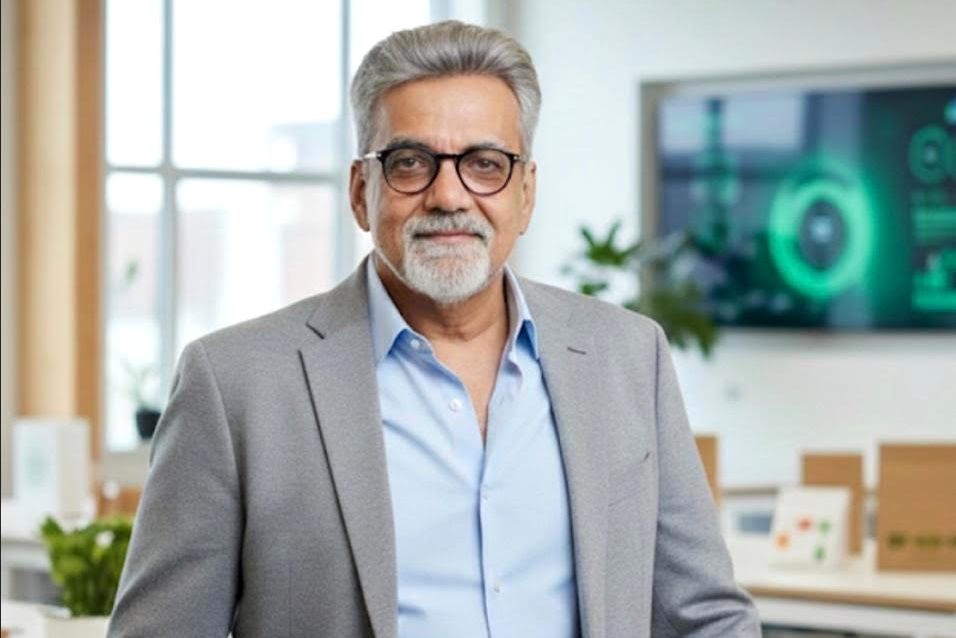

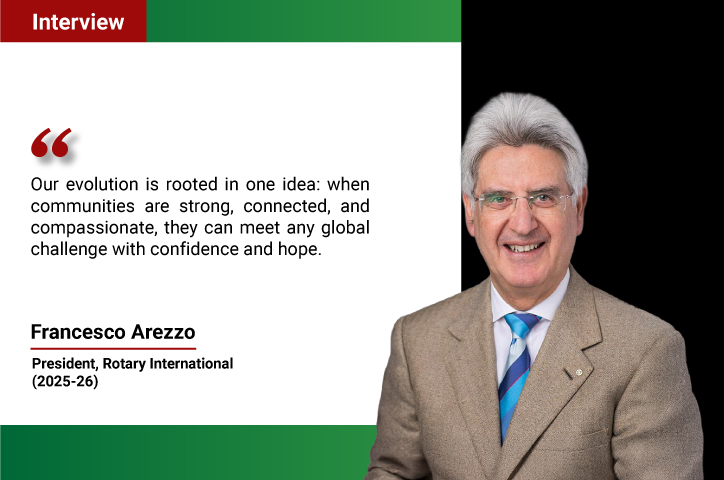
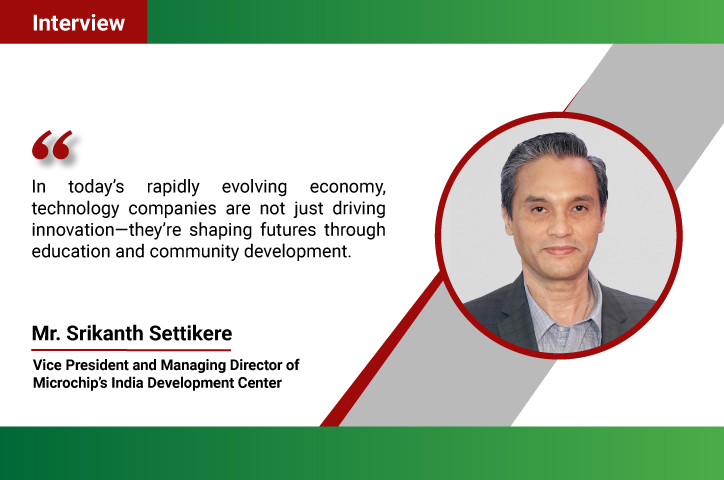
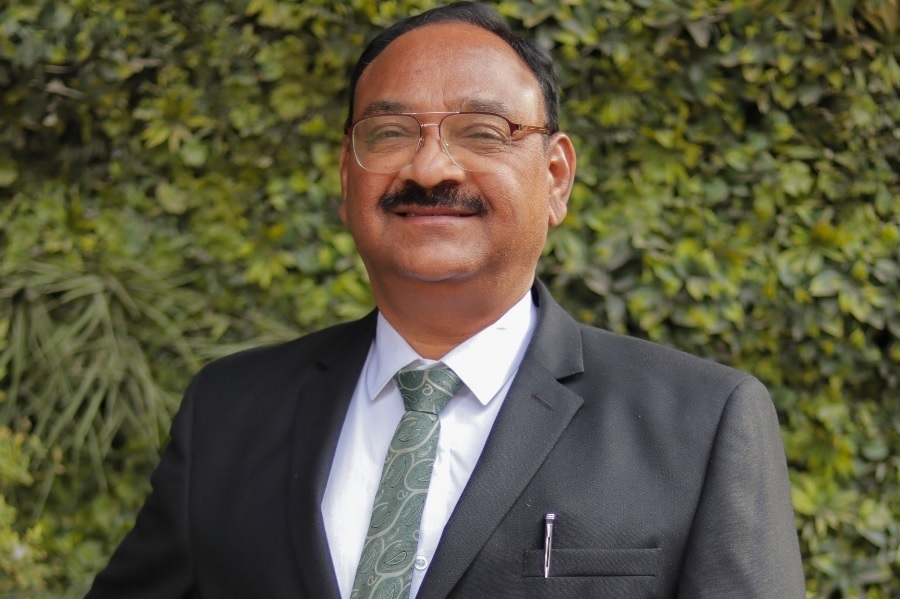
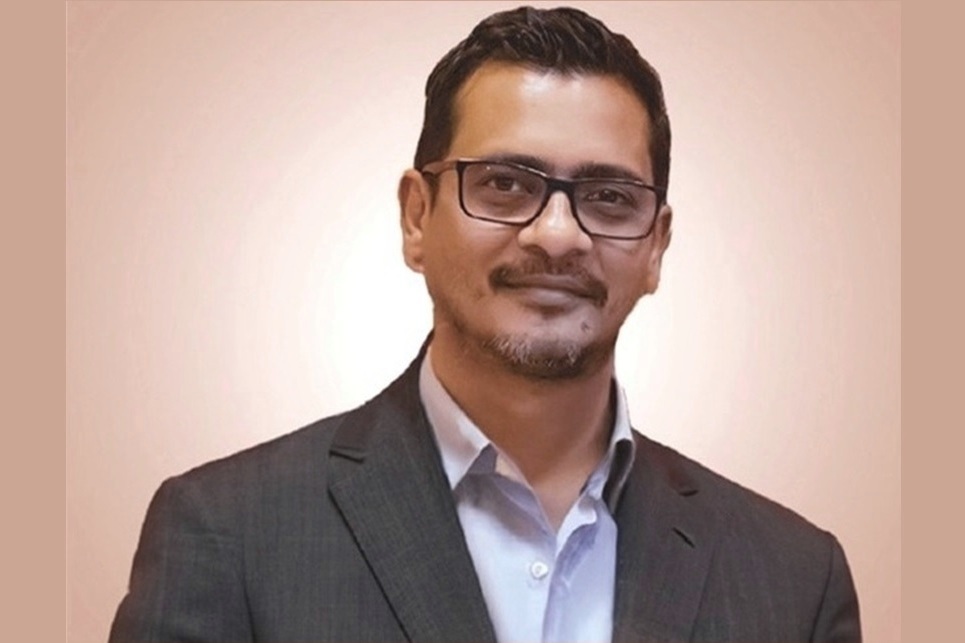

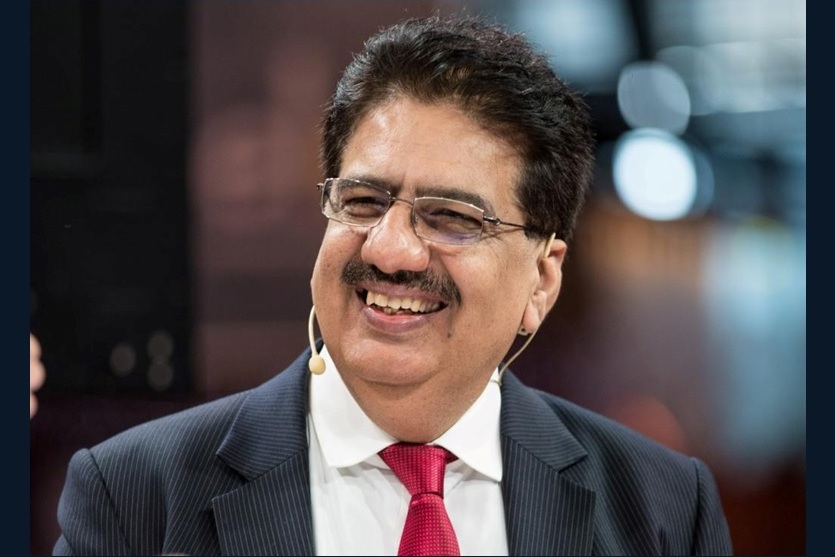

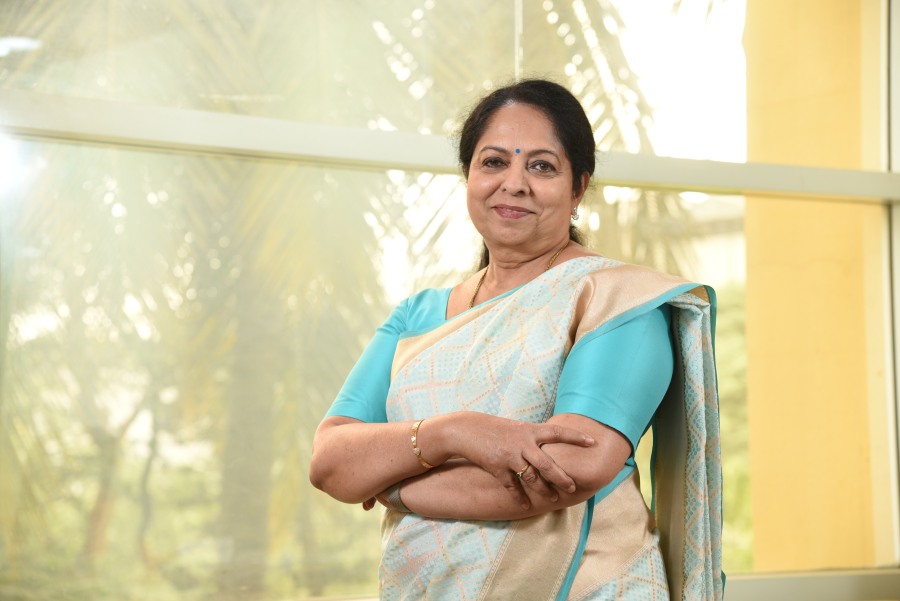
.jpg)
